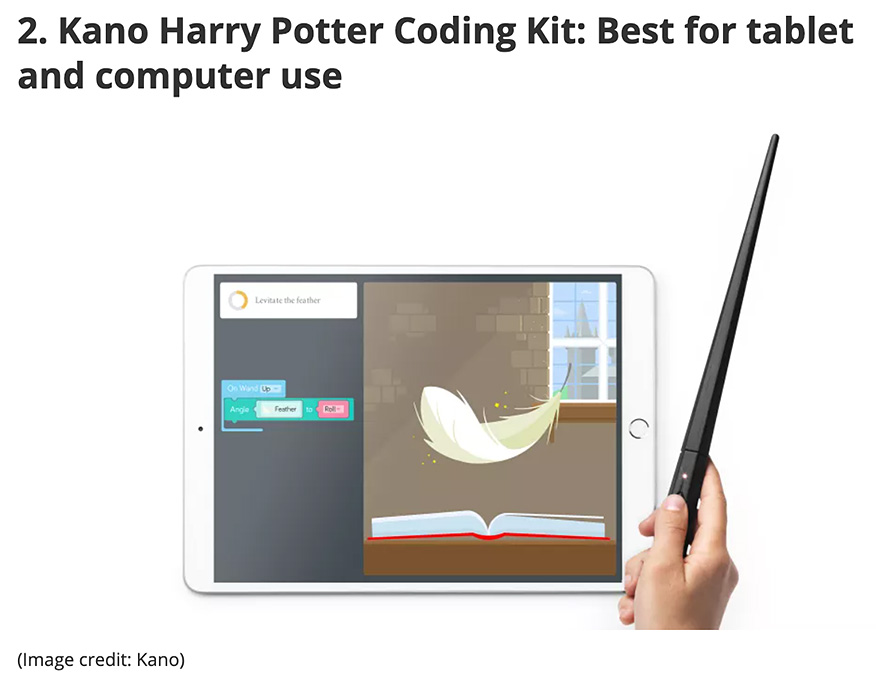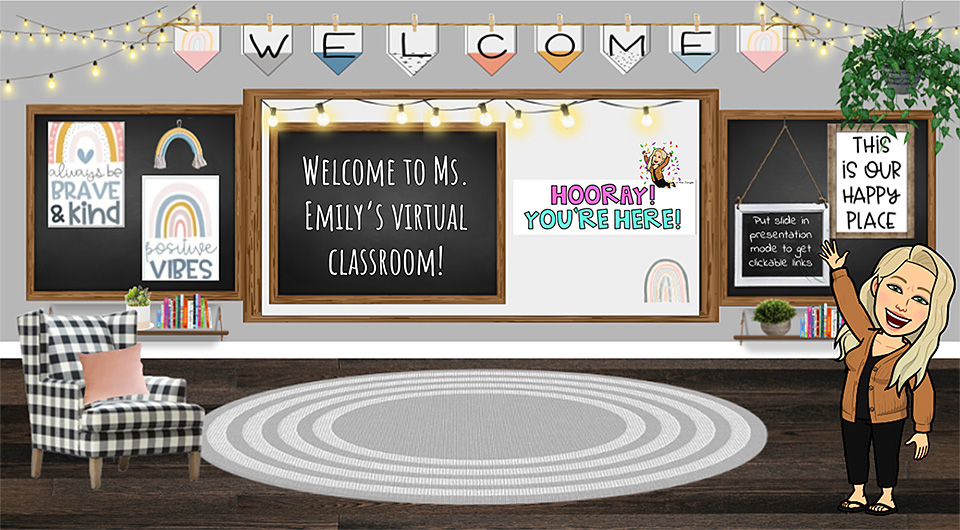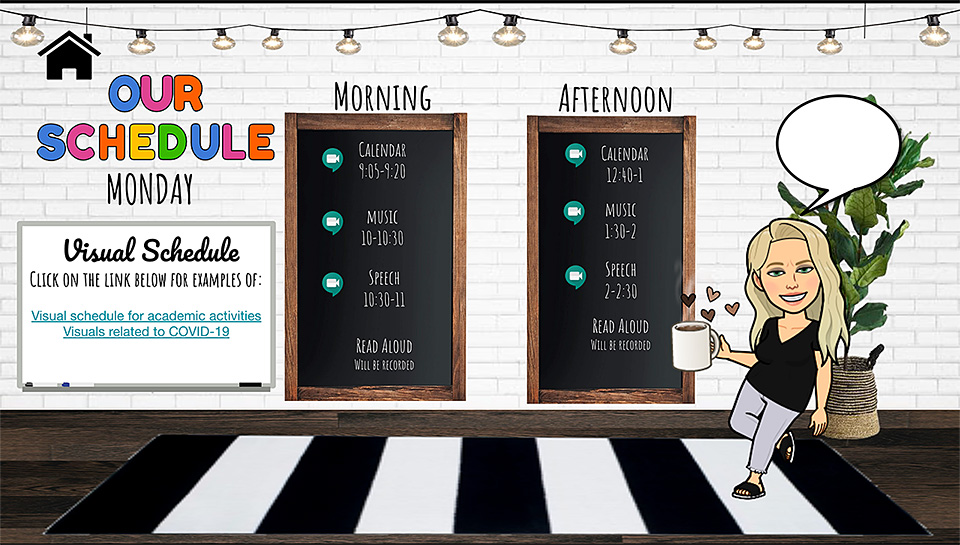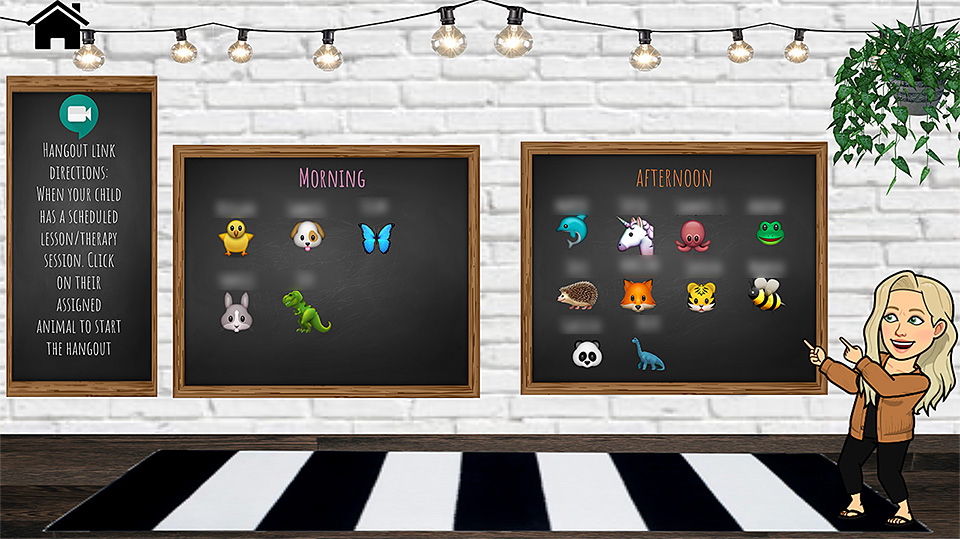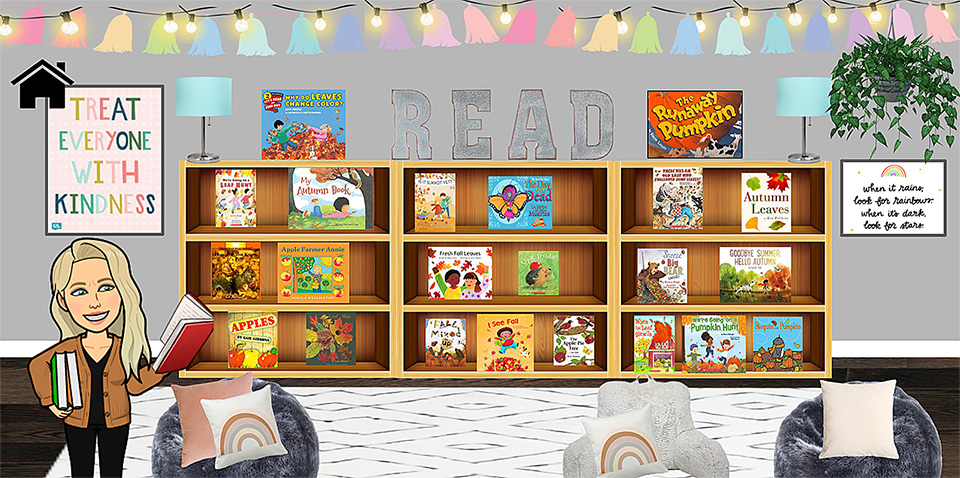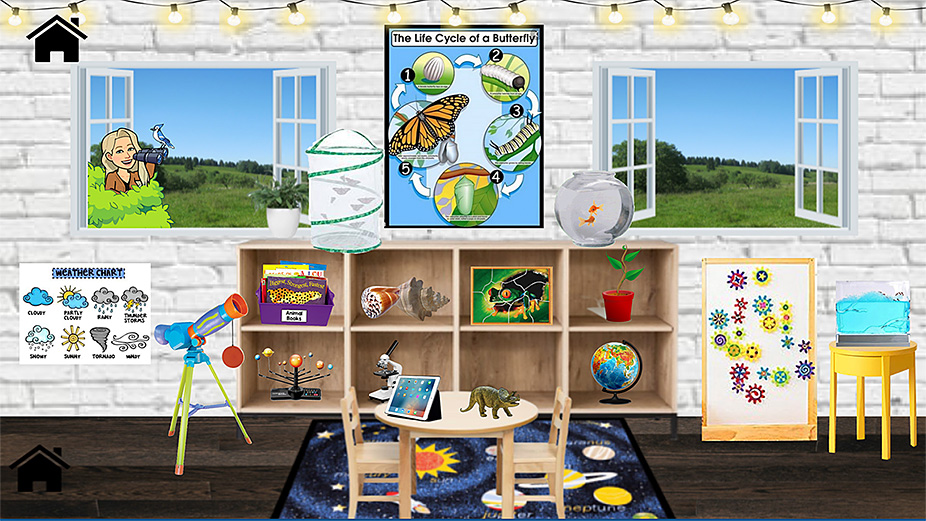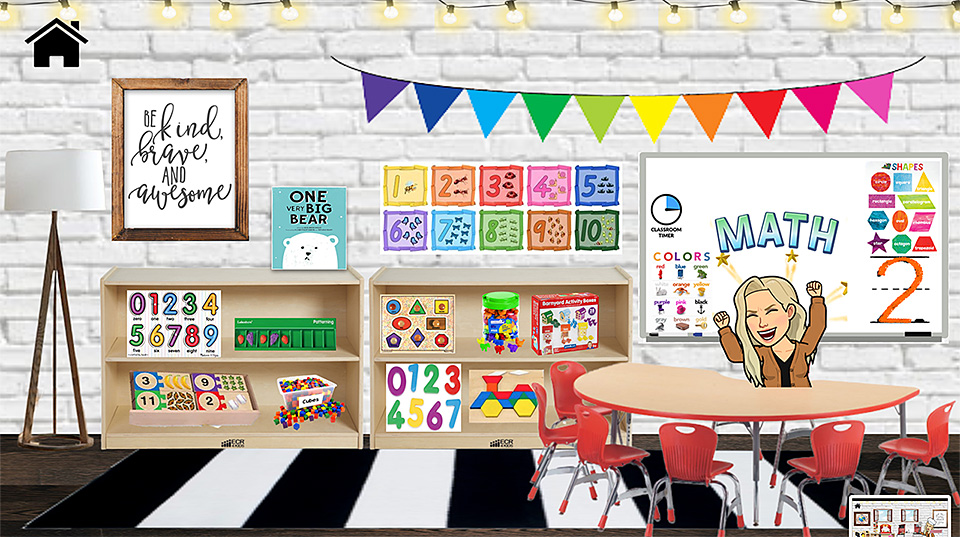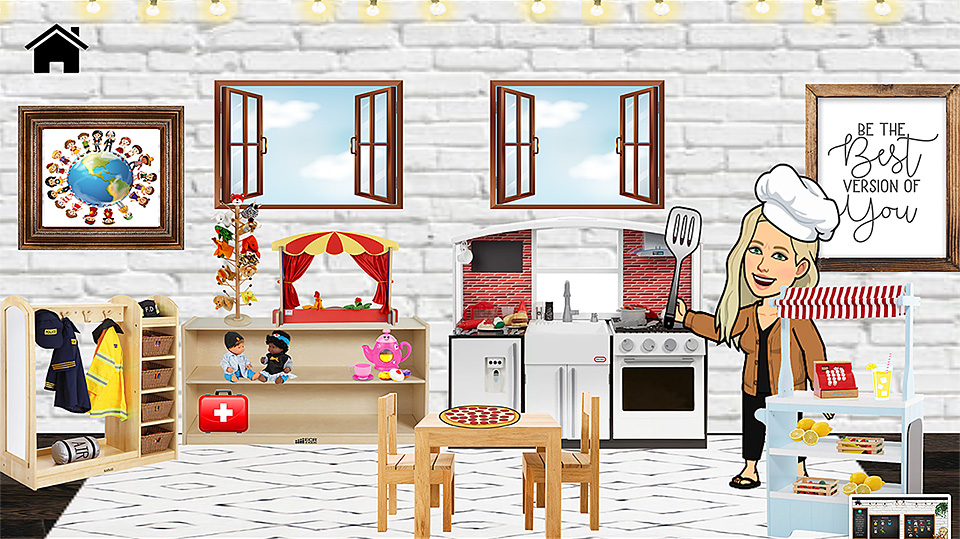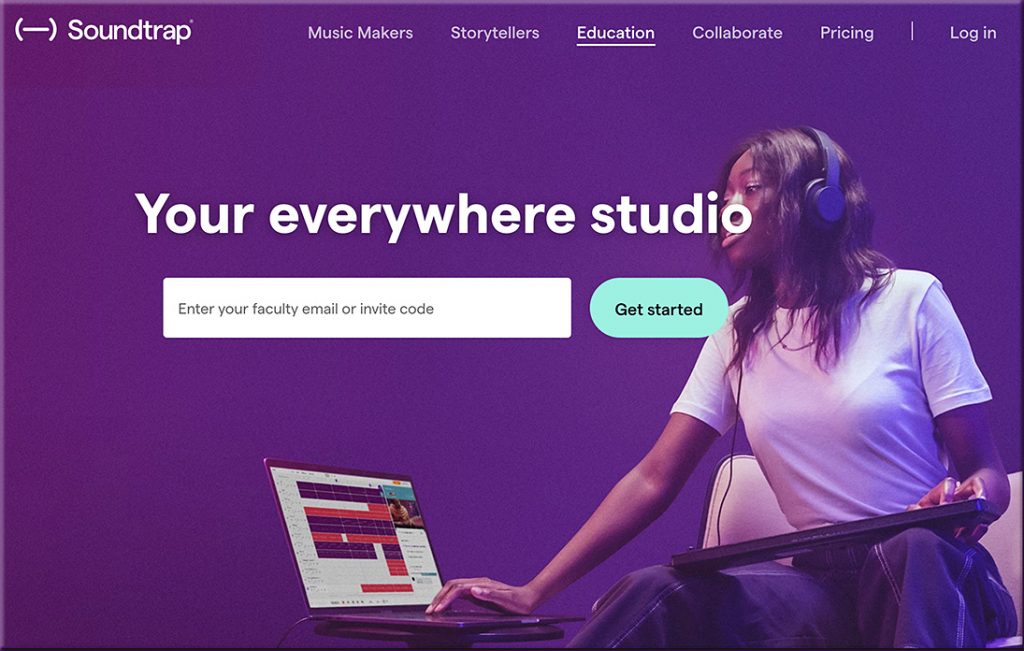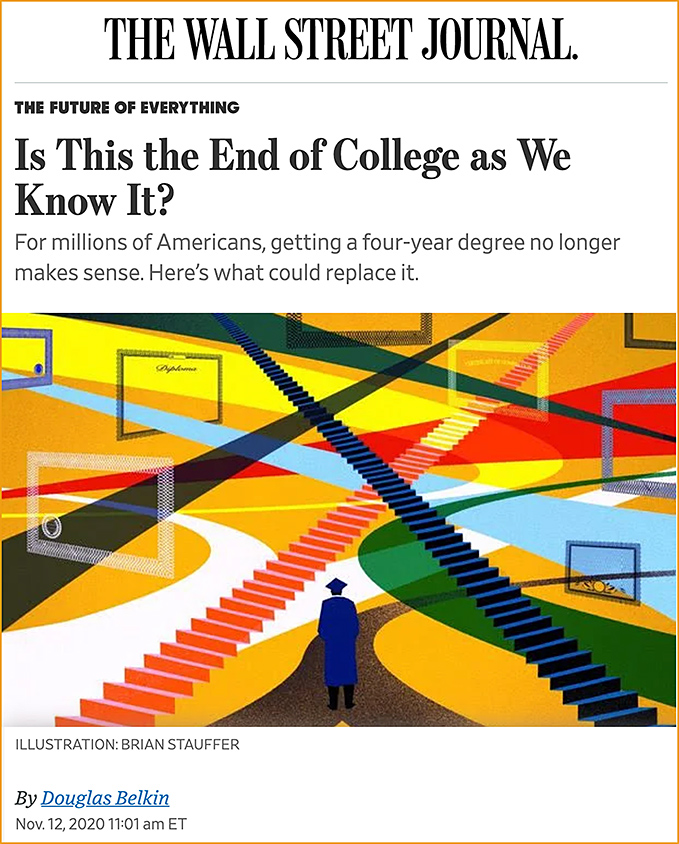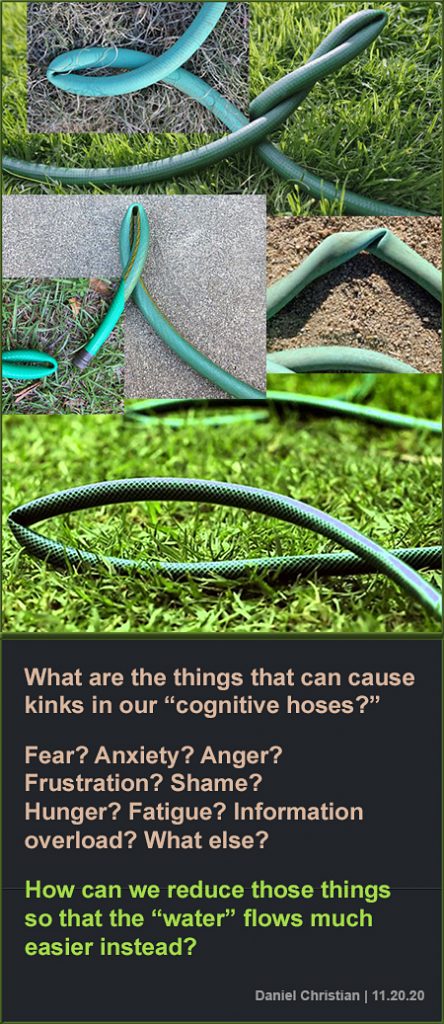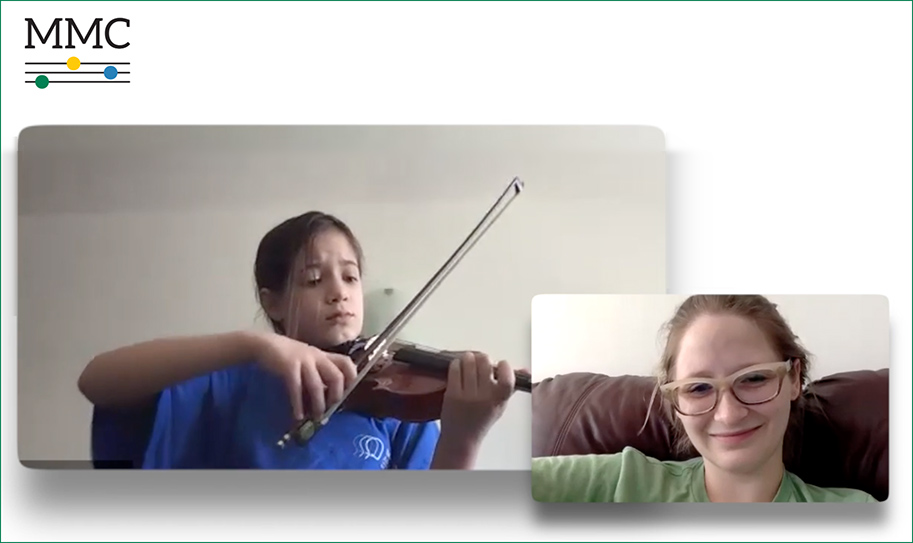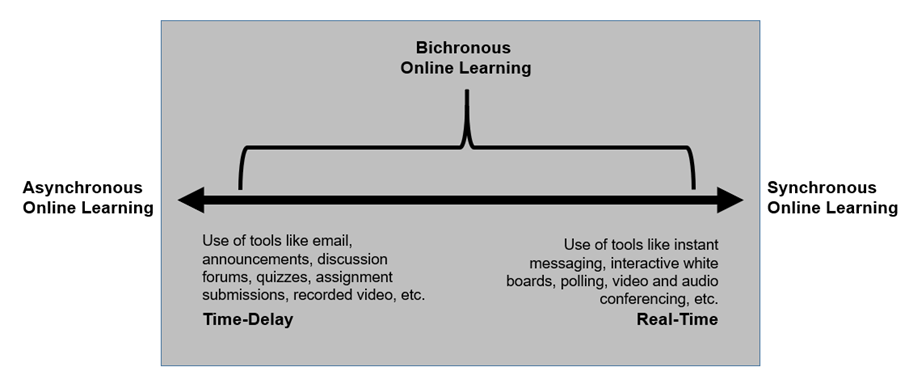Distracted Minds: The Role of Tempo in Good Teaching — from chronicle.com by James Lang
To help students stay attentive in class, think like a conductor, and recognize that students need you to change the pace and the action.
Excerpt:
In this third installment of a series on distraction and attention in education — based on my new book, Distracted: Why Students Can’t Focus and What You Can Do About It — I want to draw inspiration from creative artists who have long counted it as one of their tasks to keep audiences attentive to works that stretch over long periods of time. Directors and playwrights, conductors and composers, all recognize the limited attention span of an audience, which is why they structure the work itself and its performance in particular ways.
The classroom is one of the only places where we expect humans in seats to maintain their attention through an extended, uninterrupted performance of an hour or more. I suspect that’s the case because we (the teachers) are able to keep ourselves fully engaged during the class period: We’re managing our slides, thinking about the next discussion question, writing on the board, and more. It’s all very engaging — for us — but not necessarily for our students.
From DSC:
I appreciated reading this solid article by James Lang — in it, he offers up some excellent points and suggestions. I would guess that the top reasons why these things don’t occur most offer are:
- The design of a class takes time. Time is hard to come by. That’s why instructional design is very helpful but is sometimes put on a backburner…to the students’ detriment.
- There aren’t enough Instructional Designers to go around.
- Faculty don’t seek out Instructional Designers or, when an Instructional Designer is around, they may have a queue that’s way too long and they’ve become a bottleneck.









